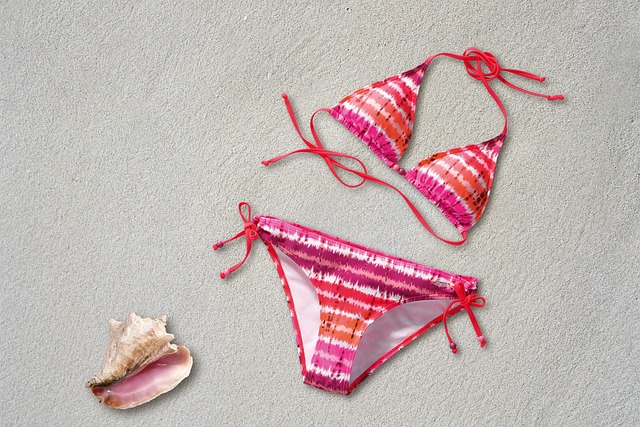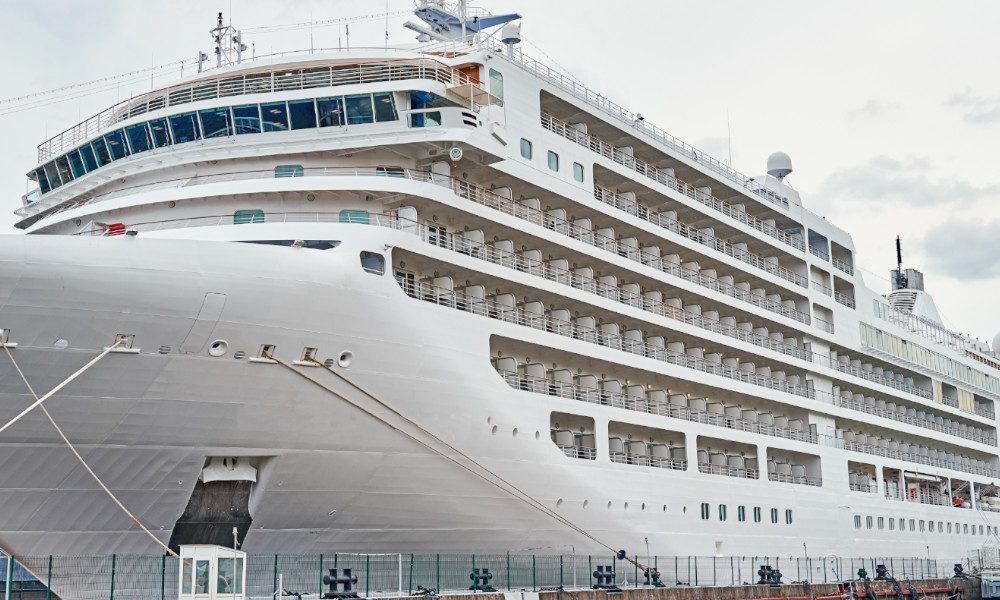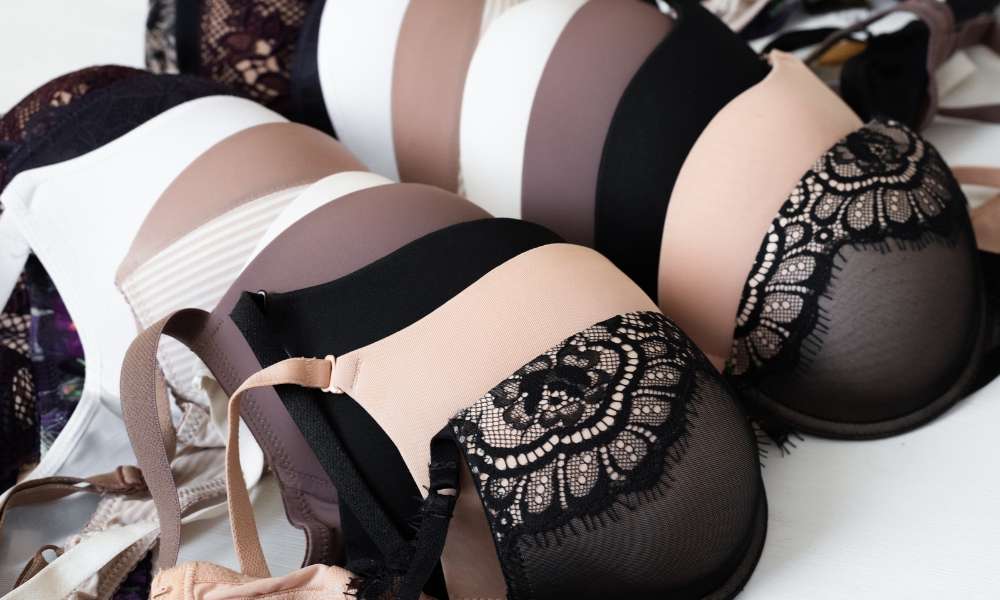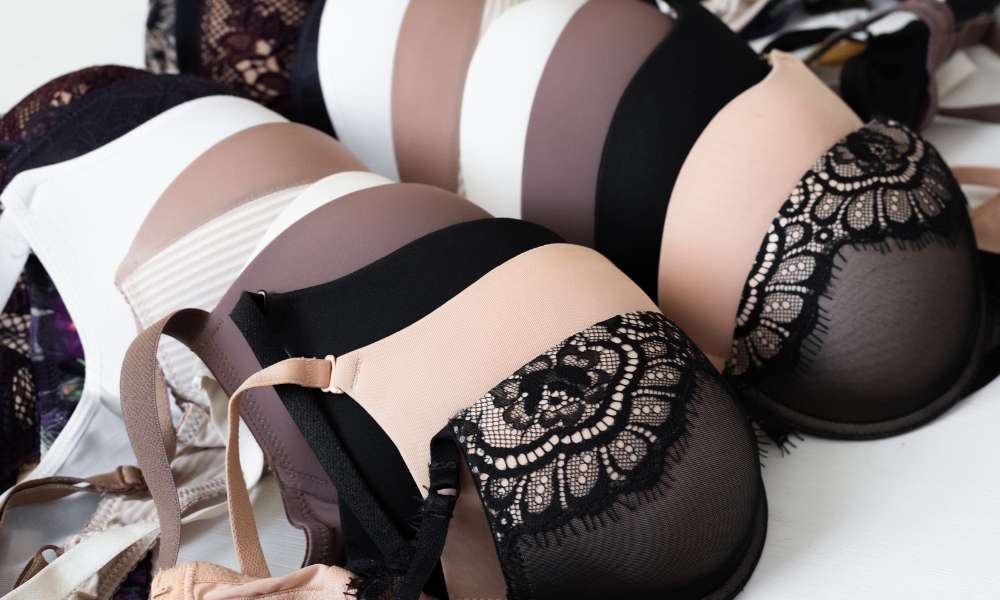2025 US Swimwear Trends: A Guide to Cuts, Prints and Sustainable Choices
Bold fact: sustainability and female empowerment were the dominant themes at Miami Swim Week 2025, shaping what consumers in the United States are looking for in swimwear. This guide explains why Brazilian-style bikinis, one‑pieces, high‑waists, bold prints, and sustainable brands are trending—and how to evaluate fit, materials, and performance in 2025.

What’s driving swimwear trends in 2025
Two primary forces guided swimwear this year: a heightened emphasis on sustainability throughout the supply chain, and an ongoing push for female empowerment through inclusive fits and flattering silhouettes. Industry showcases—most notably Miami Swim Week (May 28–June 1, 2025)—presented 60+ collections that emphasized recycled and biobased fabrics, ocean‑salvaged fibres, natural dyeing methods, and extended size ranges. Those runway themes quickly migrated into mainstream retail and editorial coverage across the United States.
Key takeaways: - Sustainability has moved from marketing copy to a sourcing and storytelling priority. - Design choices are intentionally created to flatter a broader range of bodies and ages. - Runway drama (metallics, embellishment, bold prints) is being adapted into wearable retail styles.
Brazilian‑style bikinis: why they’re resurging
What it is: Brazilian‑cut swimwear is marked by high‑leg lines, cheekier coverage, narrow back panels or string ties, and a minimal aesthetic reminiscent of 1990s supermodel energy.
Why it’s popular: In 2025, designers and resort collections embraced the liberated, confident vibe of Brazilian cuts—appealing to shoppers who want daring, youthful silhouettes and high‑leg proportions that create a longer leg line.
How to approach it: - Look for product descriptions using terms like “Brazilian‑cut,” “high‑leg,” or “string bikini” to find similar styles. - Think about coverage needs and activity level—Brazilian cuts are ideal for style‑forward lounging and may not be suitable for high‑impact water sports.
One‑pieces: versatility and crossover wear
What it is: One‑pieces continue to command attention, spanning high‑cut and sculpting designs to one‑shoulder and long‑sleeve styles that can double as daywear.
Why it’s popular: One‑pieces offer a balance of coverage and shaping and can easily transition from pool to street when paired with shorts, skirts, or blazers. Editors and runway shows in 2025 highlighted sculpting fabrics and wearable‑art pieces that combine function with fashion.
Fit and styling notes: - Choose high‑cut legs for a longer‑leg visual, or ruched and sculpting panels for shaping. - One‑pieces with asymmetric necklines or removable straps provide multiple looks from a single garment. - Consider torso length and bust support; many brands now include fit guides or cup sizing.
High‑waisted bottoms: retro style with modern comfort
What it is: High‑waist or high‑rise bikini bottoms nod to vintage silhouettes while offering tummy coverage and a flattering waistline.
Why it’s popular: High‑waisted bottoms remain mainstream because they deliver both modesty and a retro aesthetic that pairs well with minimal or bold tops.
Mixing tips: - Mix separates to customize coverage—pair a high‑waist bottom with a contemporary triangle, bandeau, or crop top. - Use filters for “high‑waist” or “high‑rise” and study product images for front and back coverage.
Bold prints, metallics and embellishment: statement summer pieces
What it is: Tropical and pop‑art prints, neon palettes, animal prints, metallic fabrics, and heavy beading showed up frequently on runways and in resort collections in 2025.
How to wear them: - Let statement swimsuits be the focal point and pair them with neutral cover‑ups. - If you prefer a subtler look, opt for one standout element (for example, a metallic top with solid bottoms).
Retail note: Many runway looks featuring heavy embellishment or metallic finishes come at different price points and may be produced in limited runs; availability will vary by retailer.
Sustainability signals and materials to look for
Important materials and technologies highlighted in 2025: - ECONYL® (regenerated nylon from ocean waste and fishing nets) - Repreve® (recycled polyester made from plastic bottles) - EVO by Fulgar® (biobased polyamide) - Generic labels such as “recycled polyamide” or “recycled nylon”
Certifications that add credibility: - OEKO‑TEX (chemical safety of textiles) - GRS (Global Recycled Standard) - Fair Trade or comparable social‑compliance labels
Practical tips: - Read brand sustainability pages and product fabric breakdowns. - Prefer explicit statements about feedstocks (e.g., “made from regenerated fishing nets”) and third‑party certifications. - Look for low‑impact dyeing processes and recyclable packaging when judging a brand’s overall footprint.
Size inclusivity and fit technology
Trend: Size inclusivity and expanded cup ranges became standard practice in 2025, with some brands offering extended size ranges, semi‑custom fits, or detailed fit tools.
What to check: - Published size ranges and whether brands use real‑model photos across sizes. - Fit tools like style quizzes, fit consultations, and separate top/bottom sizing. - Whether cup sizes are offered (helpful for those who need extra support).
Buying strategy: - Measure yourself and consult sizing guides and fit tools before ordering. - Favor separates to mix fits—this often produces a better overall fit than single‑size sets.
Performance and sun protection features
What’s trending: - Performance swimwear designed for durability (chlorine resistance, quick‑dry fabrics). - UPF‑rated fabrics for sun protection, especially in long‑sleeve one‑pieces and rashguards.
How to use these features: - For active water sports, filter for “performance,” “chlorine‑resistant,” or specific construction details. - In high‑sun environments, seek suits with certified UPF ratings and long‑sleeve options.
How to buy smart in 2025
Practical steps to a smarter swimwear purchase: - Buy separates to achieve better fit; match top support to bottom coverage. - Use brand fit quizzes and consult customer service or fit consultations when available. - Check return policies and shipping details (return windows and costs vary). - Verify sustainability claims—look for material names and certifications rather than vague sustainability language. - Keep records (screenshots or policy pages) when comparing sustainability statements or limited‑edition claims.
Quick checklist before checkout: - Do I have accurate measurements (bust, underbust, waist, hips, torso length)? - Does the product list fabric composition and any certifications? - Are there customer photos and reviews that reflect real fit and color? - What is the return/exchange policy timeframe?
From runway to retail: what to expect
Runway shows in 2025 showed that bold concepts (exaggerated embellishment, metallics, maximal prints) will filter down into more wearable retail iterations—often toned down or presented as statement pieces. Sustainability‑forward collections frequently debut on the runway and then shape broader seasonal lines as supply chains adapt to recycled feedstocks and certified fabric options.
Final considerations
The U.S. swimwear scene for 2025 is varied: shoppers can select minimal Brazilian‑inspired bikinis, sculpting one‑pieces for crossover wear, high‑waisted retro options, or statement prints and metallics—all increasingly available from brands prioritizing recycled materials and inclusive sizing. Prioritize fit, material transparency, and credible certifications when choosing which pieces fit your needs.
Sources
- Forbes — “Sustainability And Female Empowerment Lead The Way At Miami Swim Week 2025”
- WWD — “The Best Swimwear Brands That Fashion Insiders Always Pack for Summer”
- The Good Trade — “15 Sustainable Swimwear Brands Ranked For 2025”
Disclaimer: Prices, promotions, availability and specific product assortments vary by retailer, location and current market conditions. Readers should verify pricing, sizing, and availability with individual retailers and consult return policies before purchasing. Offers and promotions mentioned in source material may change and are subject to terms and conditions.



